When you take a picture, you’re juggling three camera settings: the lens aperture, the shutter speed and the ISO setting. You may also need to adjust white balance (which controls colour rendition).
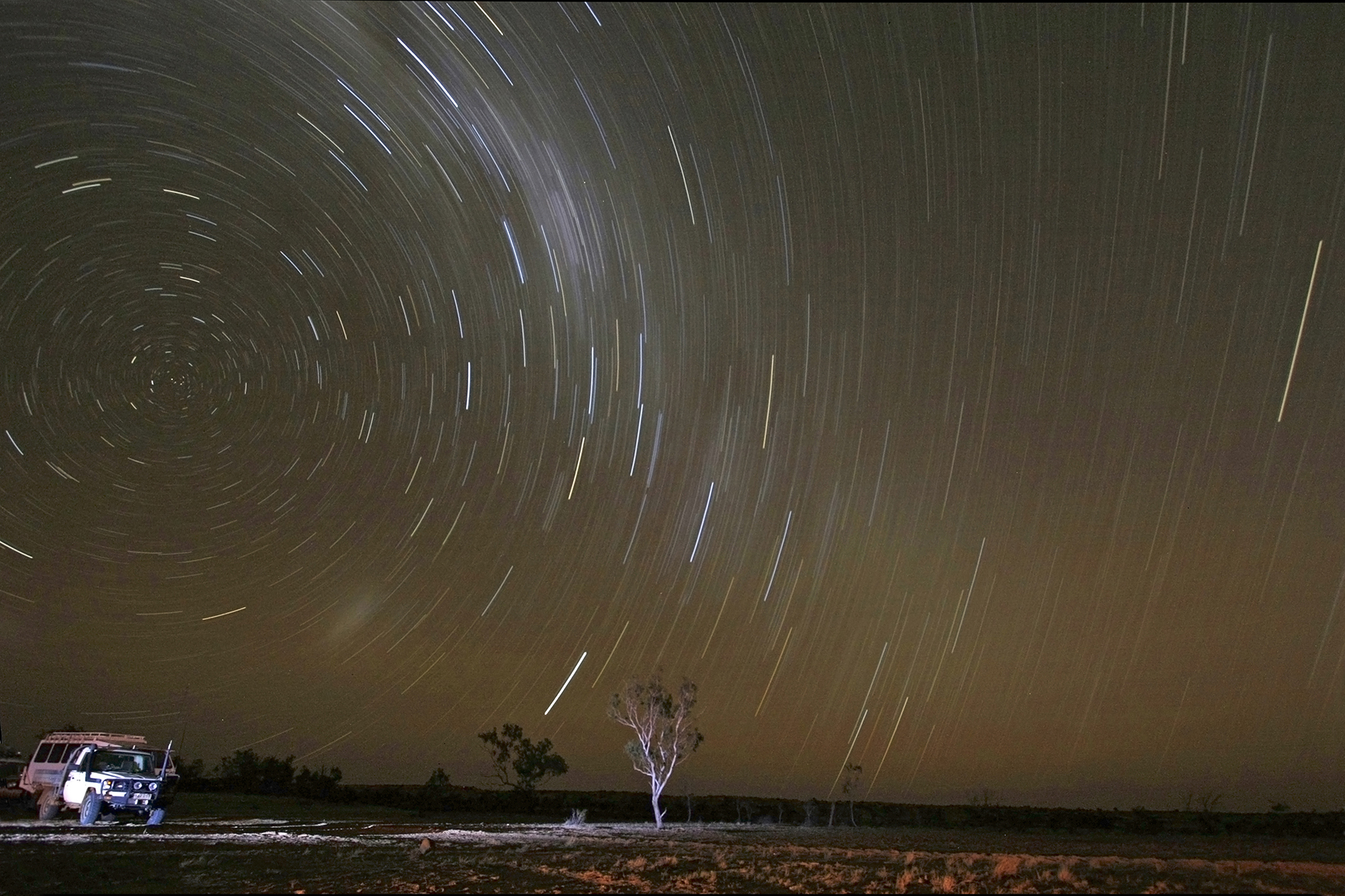

When you take a picture, you’re juggling three camera settings: the lens aperture, the shutter speed and the ISO setting. You may also need to adjust white balance (which controls colour rendition).
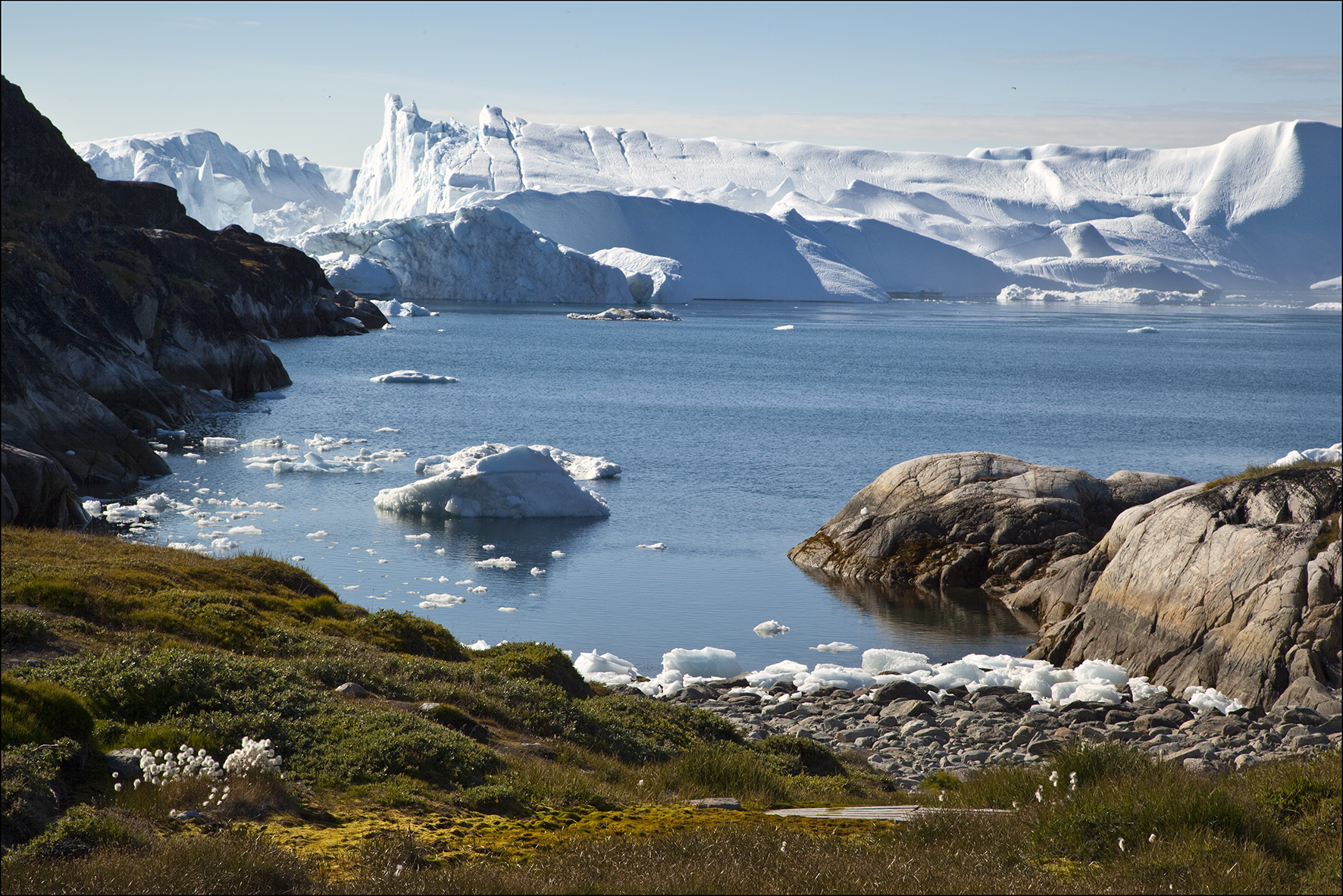
Serious photographers usually prefer working with the A, S and M shooting modes because they provide full control over exposures. They also allow full access to all camera settings (except exposure compensation in M mode). Each shooting mode is useful in different situations.
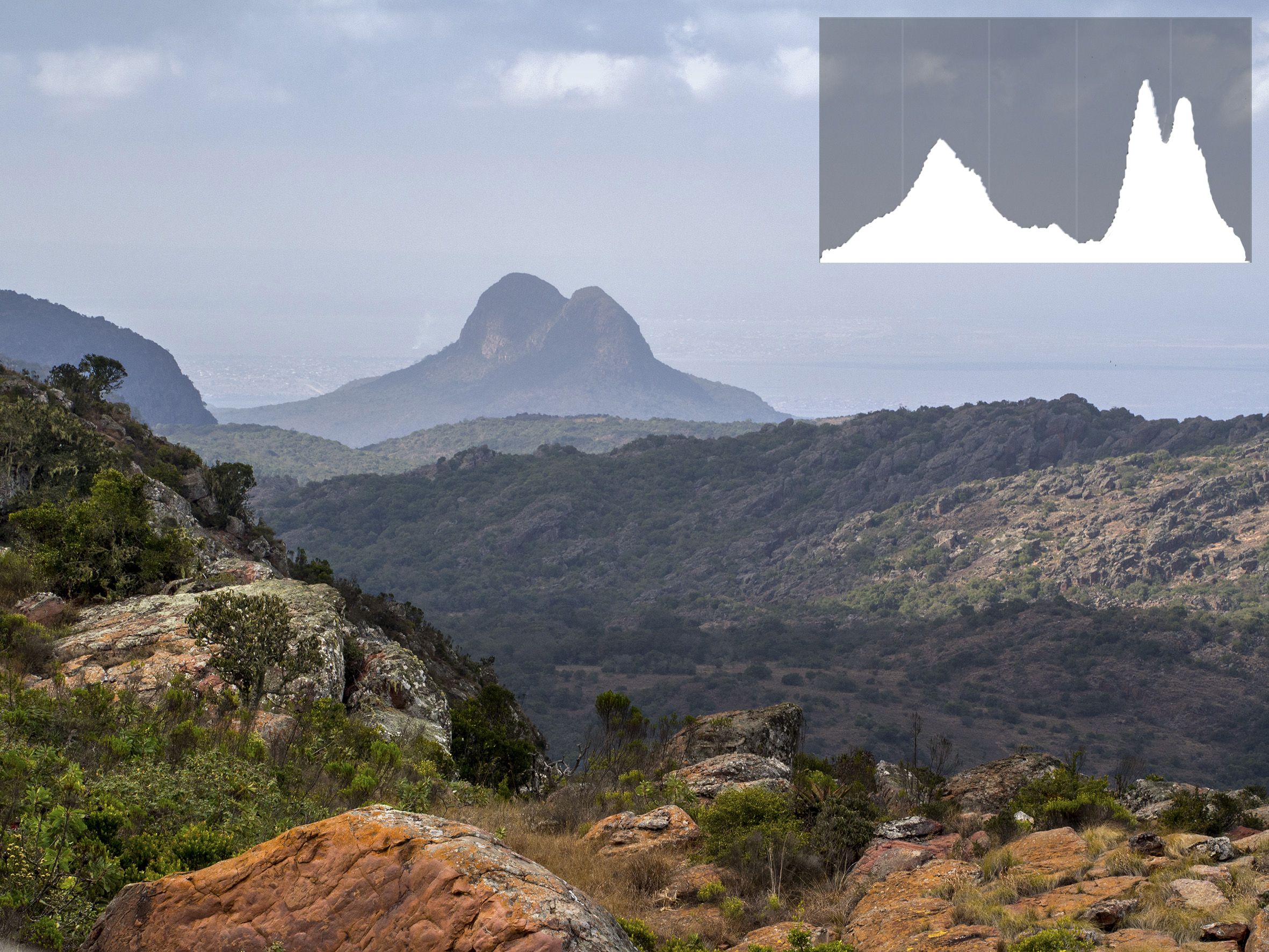
How to reduce stress and come home with some great memories of your trip.
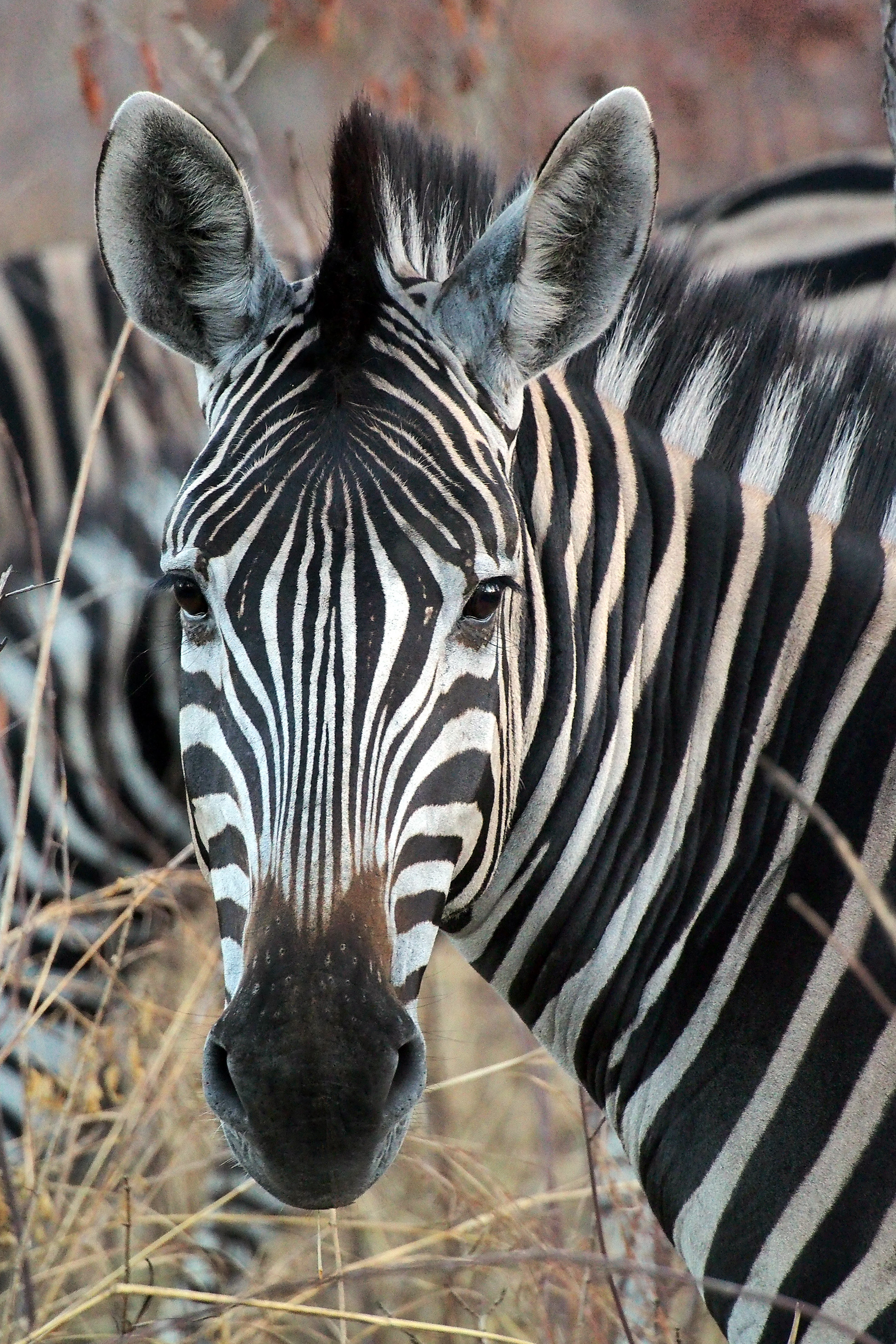
Techniques for obtaining sharp images in most situations.
There have been significant advances in autofocus technologies in the past few years. Here we look at some of the systems camera manufacturers have developed to improve autofocusing performance.
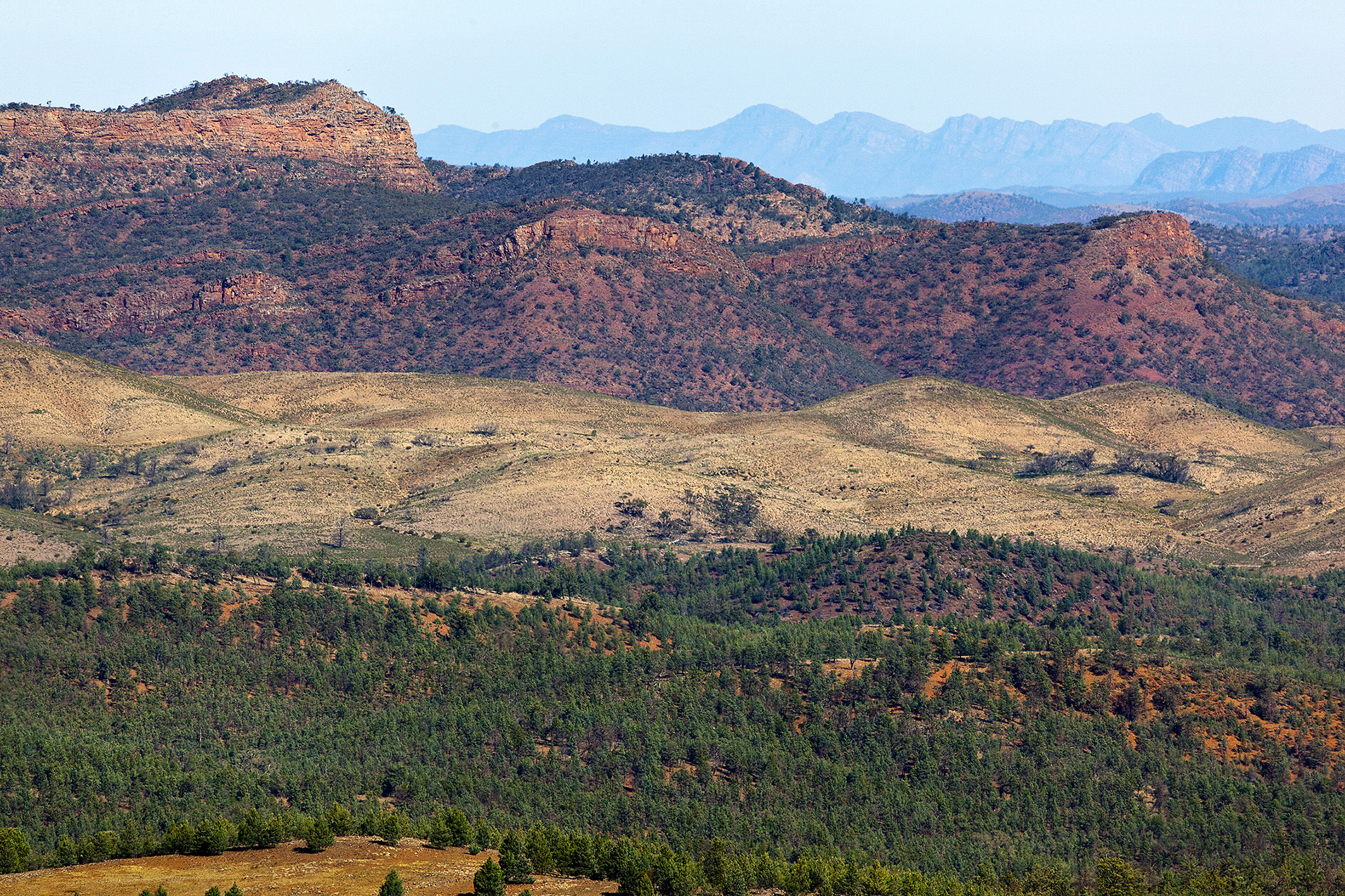
An overview of the characteristics, strengths and weaknesses of telephoto zoom kit lenses.
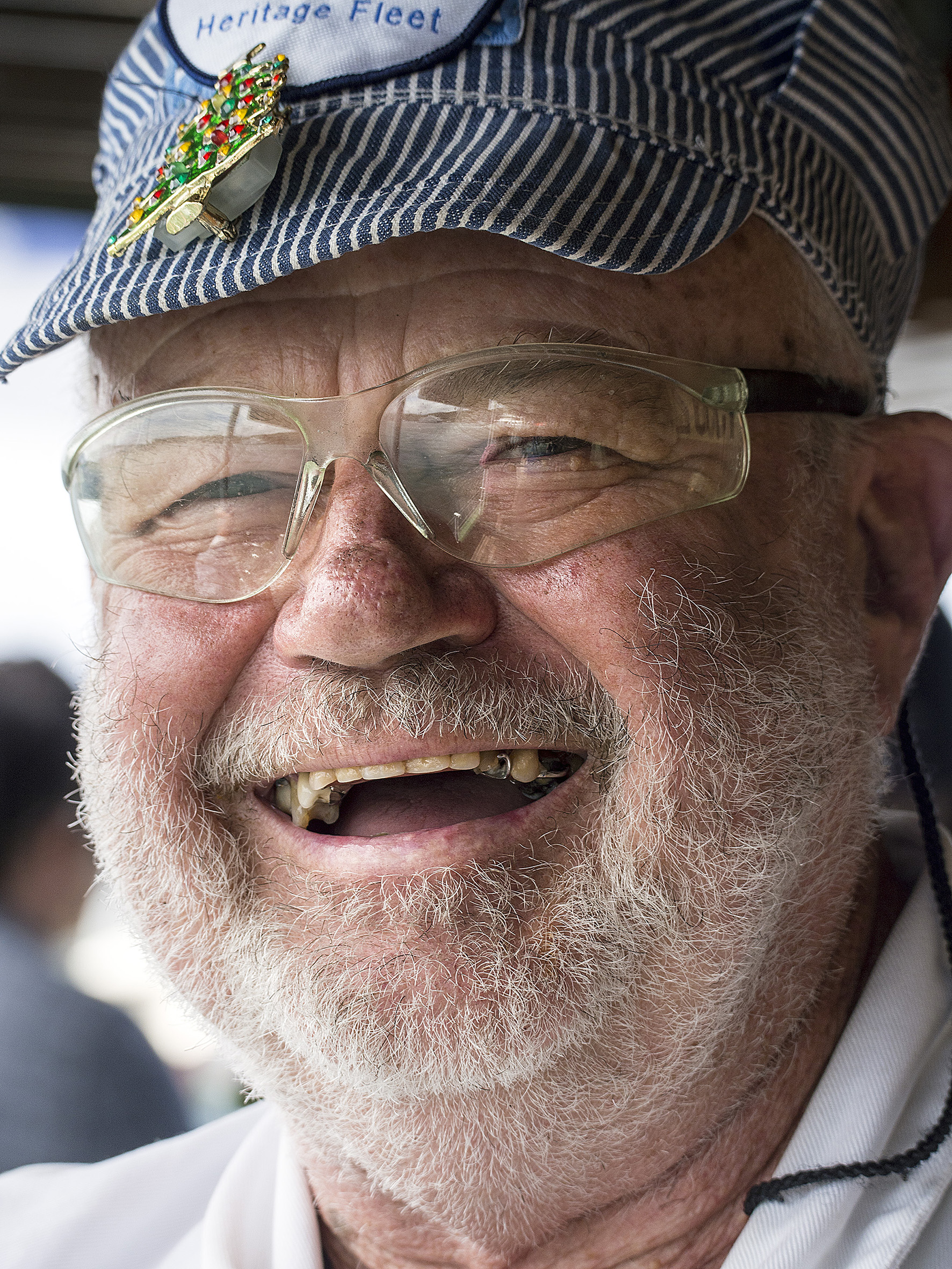
Tips to help you produce engaging portraits in ambient lighting.

Many photographers have the impression that wide-angle lenses produce a different perspective from, say, telephoto lenses. But in fact lens focal length has no influence upon perspective as such; instead the perspective changes as the camera position or viewpoint changes.

How to select the best focal length; Why wide-angle lenses?; Zoom or Prime?; Telephoto lenses; Focal length analysis; All the information you need to select the right lens for landscapes.
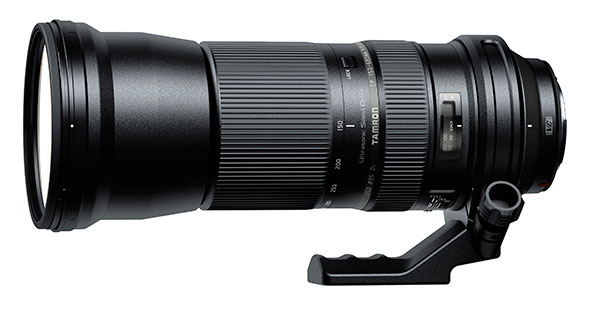
Unlike wide angle lenses, where a small difference in focal length can make a large difference in angle of view, for telephoto lenses the opposite is the case.
Ads can be a pain, but they are our only way to maintain the server. Please deactive Ads blocker to read the content. Your co-operation is highly appreciated and we hope our service can be worth it.